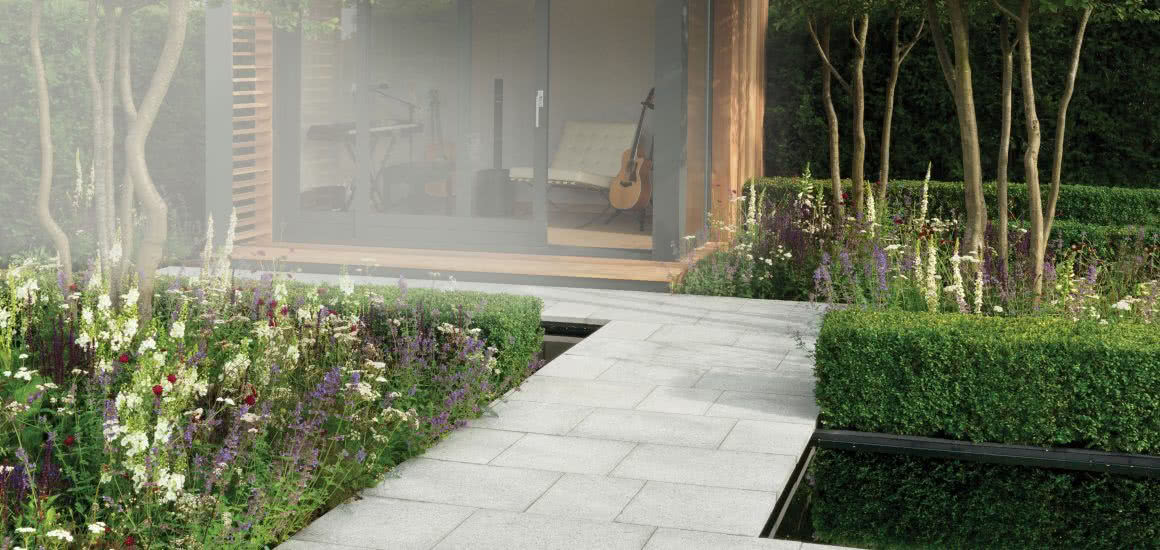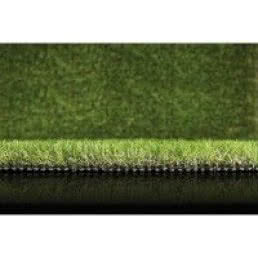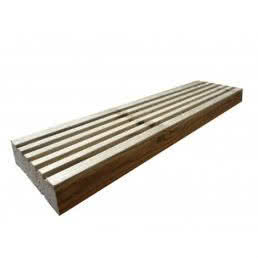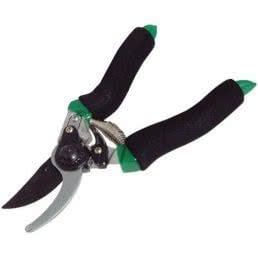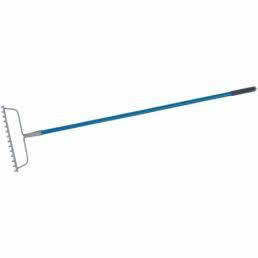The finishing touches of your landscaping job
When you offer gardening and landscaping services, you learn pretty quickly that there’s more to bringing the absolute best out of a garden than just getting the job done. That’s why finishing touches and ongoing maintenance are so important.
Clients probably occasionally seek your advice on all those final little details. You might have been asked to return to carry out finishing touches and maintenance work, or you might be intending to hand the reins to your client once the basics of the job are complete.
Either way, it can be helpful to take a quick look at a round-up of possible talking points for your client. Read on for a selection of tips to pass onto your client or to offer as suggestions for work you yourself could undertake.
-
1. Finishing touches
With most jobs you work on, you probably won’t be the one to implement most of the following finishing touches – but that doesn’t mean you can’t have a conversation about them with your client.
Accessories
Has your client considered accessories such as bird feeders, plant pots, trellises and garden ornaments that will match the look of their garden? If you’ve been involved in choosing plants for the garden, you’ve likely already pointed them in the direction of extra items that will go with the style and colour scheme. If not, you can still help them out by suggesting suppliers where they can pick up those little bits and pieces that make all the difference.
Garden furniture
If you’ve just put down a patio for your client, they’re going to need some patio furniture to go on top of it. Again, they might ask for your general advice, or want you to go further and actually present a selection of options to them.Lawn stripes
If you get the impression your client hasn’t considered the possibility of cutting their lawn in stripes, this is something you may sometimes choose to suggest to them. It adds an air of neatness and elegance that many clients love once they see. -
2. Maintenance
For certain types of maintenance, your clients may be in the habit of inviting you back. For others, however, your expertise can still help highlight tasks your clients may not have realised they need to undertake.
Maintaining artificial grass
If your client has chosen artificial grass, it’s likely that it’s because it’s a relatively low-maintenance solution. Make sure they do realise, however, that they need to go over the grass with a stiff brush or rake every now and then to keep it in good condition. You can reassure them that stains will be easily removed with white spirits, or even just with warm water and washing up liquid. Finally, you’ve likely already talked this through with them, but it’s always worth checking that they plan to move any heavy items around their lawn occasionally to prevent the grass from getting flattened.
Maintaining a wood deck
You can help your client out with decking maintenance by suggesting some products for them. For most timber decking, regularly sweeping with a long-bristled brush will often be enough for day-to-day upkeep, though your client may also want to consider a power washer. Ideally, they will also apply water repellent once a year and colour stains as often as needed.
Maintaining fencing
As broken fences can often be fixed by replacing individual fence panels, your client will often be able to perform minor repairs without contacting you. It goes without saying that all fencing also needs to be painted or treated with a fence stain to protect it. You’ll be able to advise your client how often they need to reseal or repaint based on the weather in their area, though roughly every two years is reasonable. Ensure they know they’ll need to reseal their fence any time they notice it’s started absorbing water.Maintaining patios and paving slabs
Your client will likely be reassured to hear that with regular sweeping and occasional cleaning with soapy water their patio should last for years. Check if they’re aware that they will have to reapply paver sand to the joints of the paving slabs every now and then, too.
Maintaining turf
As you know, turf needs to be generously watered daily for the first 10 days after it’s been put down. If you won’t be around to do this, you’ll probably ask your client to do it. After the initial period, they obviously won’t need to water it as often, but in hot summers they’ll need to increase the frequency a bit.Flowerbed and soil maintenance
It can be hard to resist overwatering flowers, and you’ve probably worked with people with this problem a few times. If your client asks for advice, let them know that once or twice a week is enough in a moderate climate. Watering the roots of the plant rather than the head is another important trick that often gets overlooked.To keep the soil healthy and weed-free, suggest they turn it every month with a spade, and use mulch to attack weed seeds. Unwanted plants that have already sprouted need to be pulled up from the root, using a trowel.
FAQs
-
How do I ensure soil maintenance?
It is suggested to water flowerbeds only once or twice a week in a moderate climate. To keep the soil healthy and weed-free, turn it every month with a spade and use mulch to attack weed seeds.
